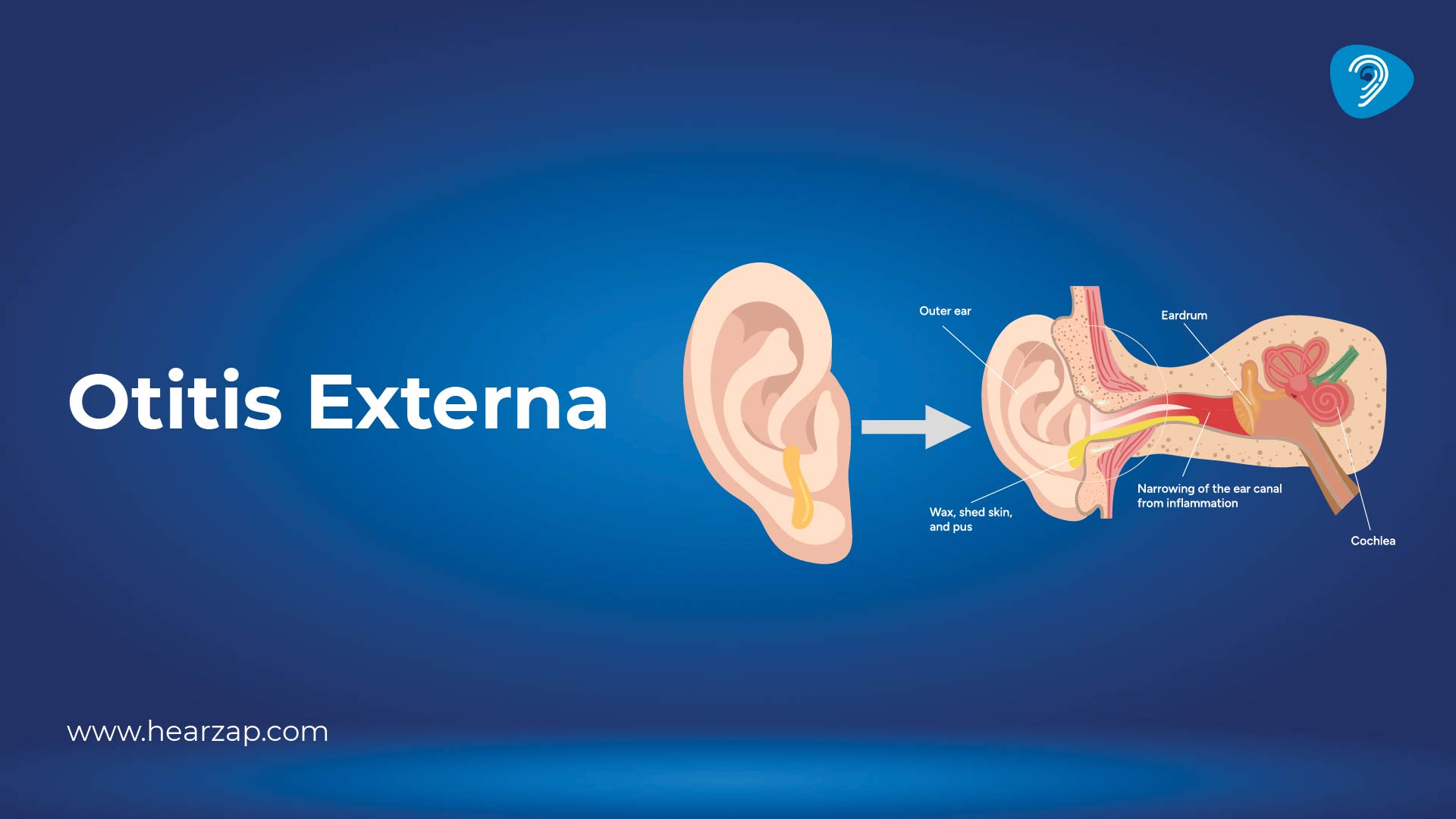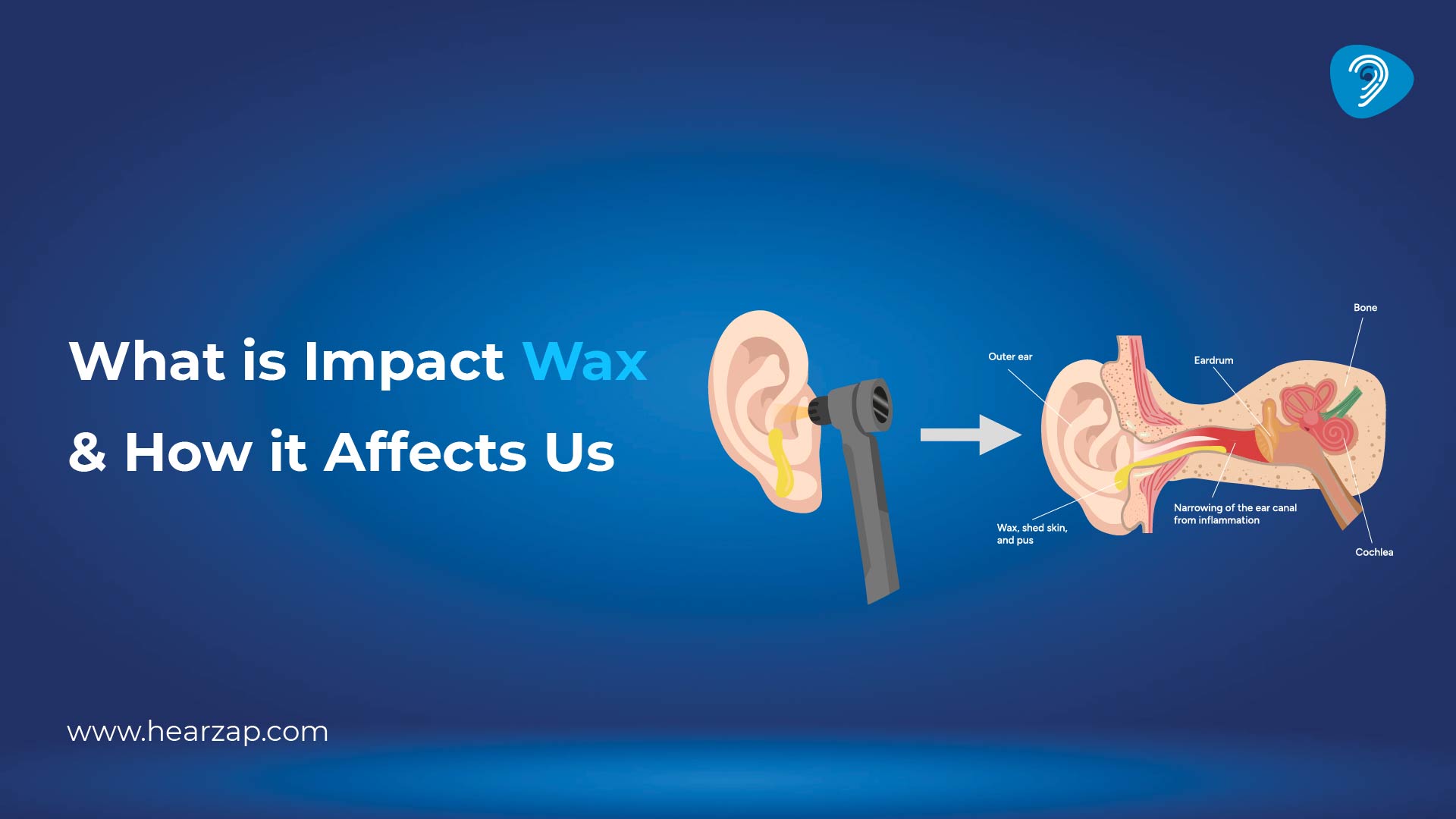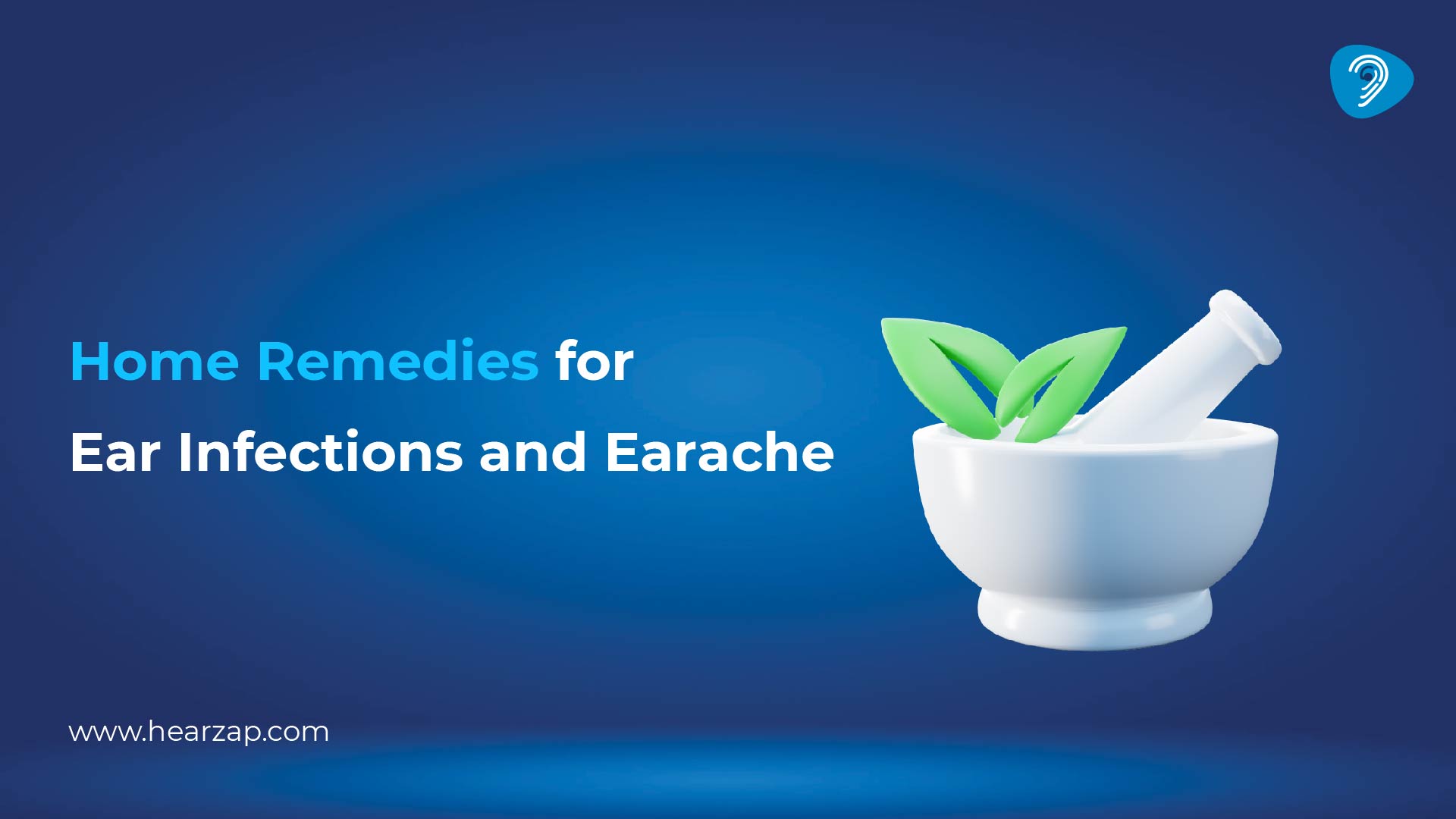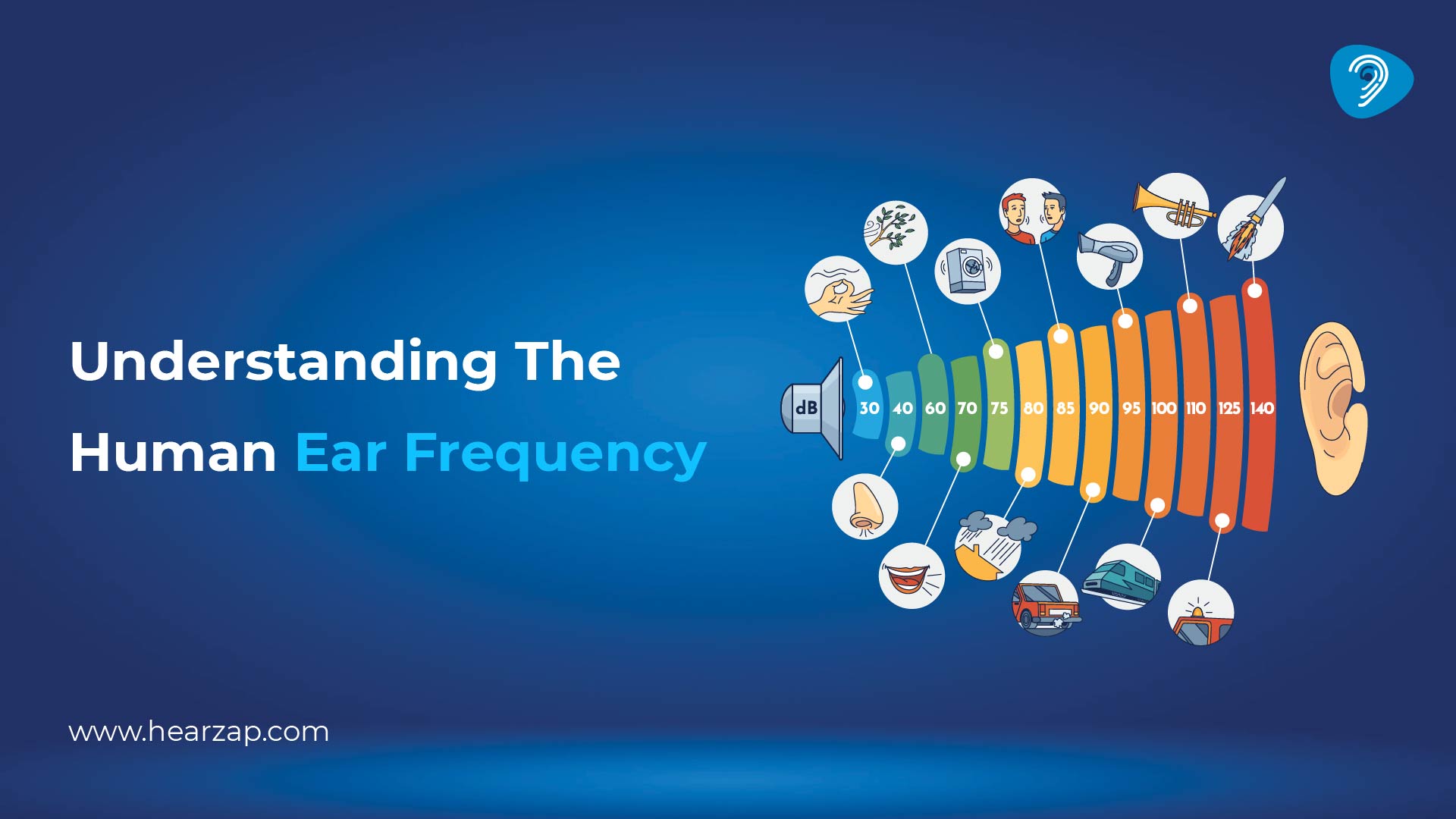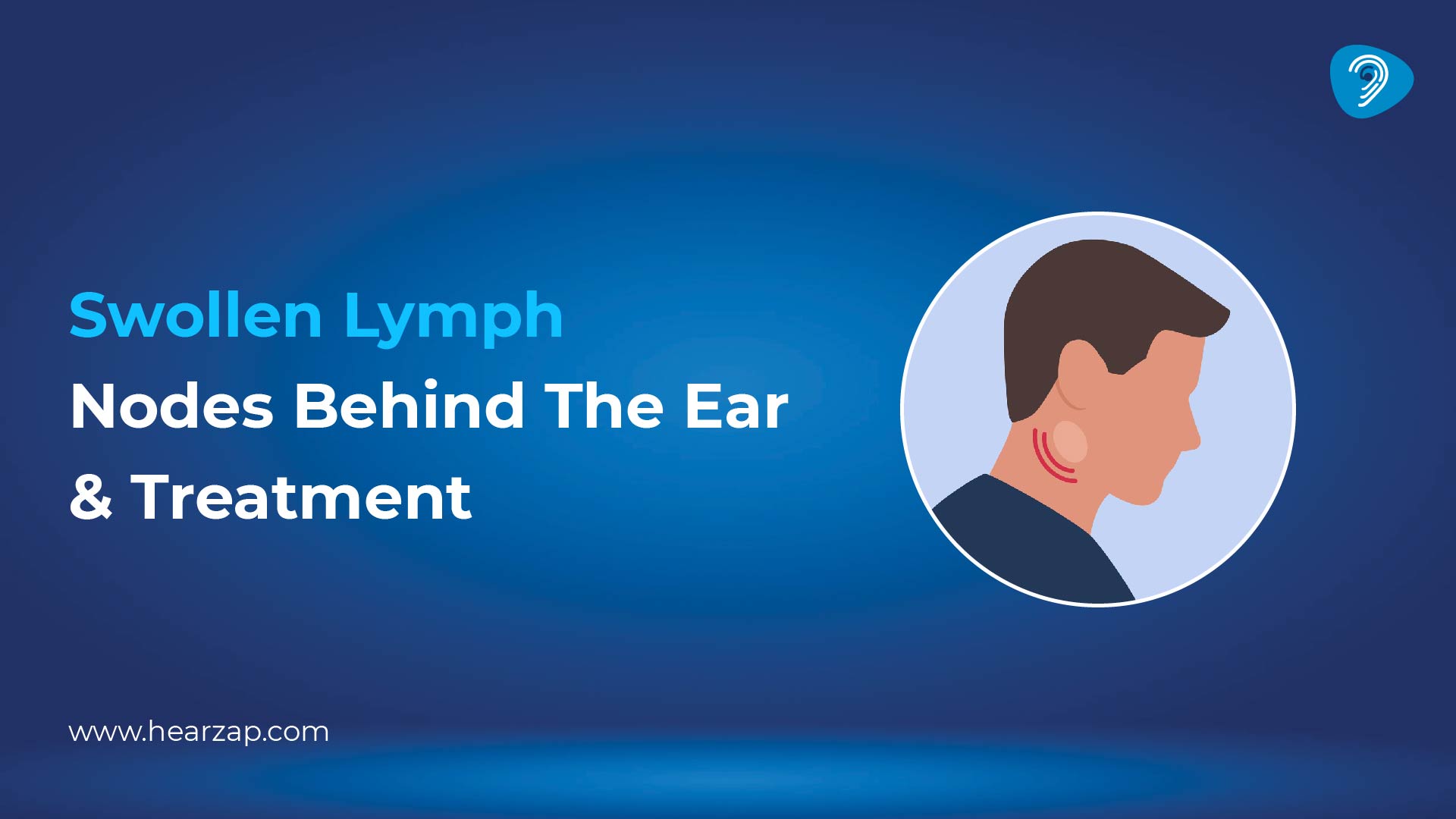Generic
Ear Candling: Does It Really Work or Is It Just a Myth?
By Team Hearzap | Oct. 13, 2025
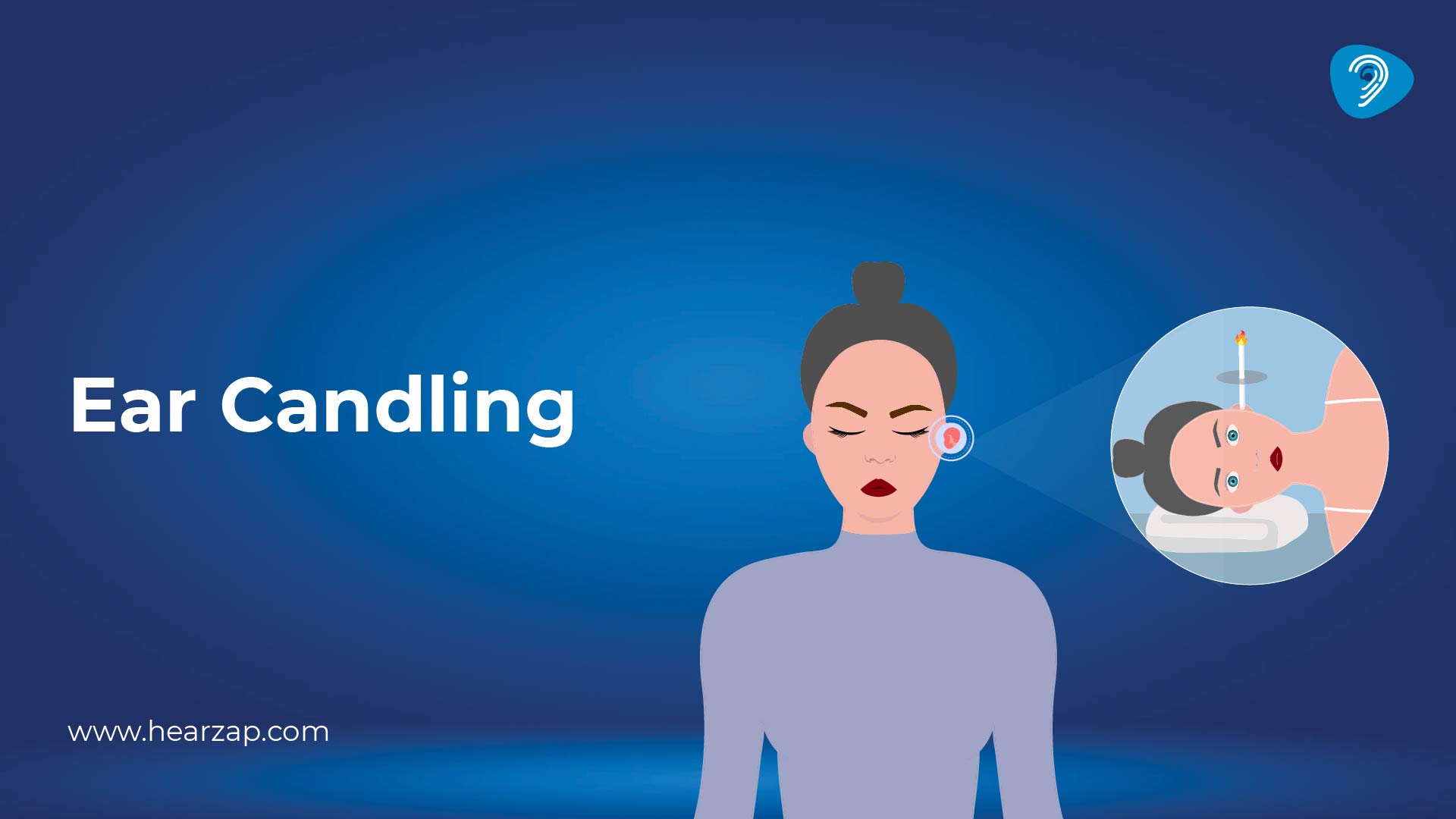
Ear care attracts all sorts of home remedies, and few are as eye-catching as ear candling. You have probably seen pictures of someone lying on a sofa with a candle on ear, the flame flickering while waxed cloth burns down. Videos make it look soothing. Friends may say it “pulls out dirt”. At the same time, doctors often raise eyebrows about safety. If you have ever wondered whether this practice actually clears the ear canal, this guide walks through what it is, why people try it, what research and safety reports say, and safer options.
What Is Ear Candling?
Ear candling is a home procedure that uses a hollow cone made from fabric coated in wax. The narrow end is placed near the ear opening, and the wider end is lit. Many kits describe the product as an ear cleaning candle. The idea is that the warm air rising through the tube creates a gentle pull.
People sometimes call the setup candlestick ear cleaning. Others label the products as earwax removal candles. No matter the name, the arrangement looks similar to a paper cone. The lit end burns slowly, producing smoke and ash. A small disc or foil may sit between the flame and the ear to catch falling debris. After the session, some users open the remaining cone to find yellowish flakes and assume those flakes were drawn from the ear.
How Does Ear Candling Claim to Work?
Supporters have two main explanations. The first is the “chimney effect”. According to this description, the heat from the flame warms the air inside the tube, the air rises, and a mild vacuum forms near the ear opening. This supposed vacuum then pulls loose wax outward. The second explanation focuses on heat. In that concept, warmth softens wax, which then somehow migrates outward on its own.
The Popularity of Ear Candling
Why do people keep trying ear candling despite mixed opinions from professionals? Three reasons tend to come up.
- It feels calming. The crackle of a flame, a dim room, and the ritual of being still can mimic a spa treatment. That relaxation is real, even if it does not relate to earwax.
- It looks convincing. When the cone is opened and people see residue, they often believe the ear canal has been “cleansed”. Few realise that melted candle material and soot can look like earwax.
- It spreads by word of mouth. Advice groups, beauty salons, and social feeds often repeat stories of “instant clarity” or “lighter head”, so the idea travels quickly.
In India, the appeal sometimes overlaps with traditional self-care at home. People who avoid frequent clinic visits may see candlestick ear cleaning as a simple, low-cost option. It is also common to combine it with other home habits, such as oiling hair or using cotton buds, even though the latter can push wax deeper. The practice persists because it appears easy and gentle.
Does Ear Candling Actually Remove Earwax?
This question matters because the ear canal already has a smart cleaning design. Skin on the canal slowly migrates outward, and jaw movement helps move old wax to the entrance, where it dries and falls away. Many people do not need anything more than a warm washcloth on the outer ear.
So, does a candle on ear help the natural process? Reports from controlled experiments suggest the residue found inside cones mostly comes from the cone itself rather than the ear. If a cone is burned without placing it on an ear, the same flaky material appears inside. That observation leads many reviewers to say that the visible “output” is not proof of earwax removal with candle.
What Science Says About Ear Candling
Laboratory tests and clinical reviews have looked at the “vacuum” idea and have noted that a meaningful suction at the ear opening is hard to detect with a burning cone. In addition, warmed smoke near the ear entrance does not seem to change wax behaviour in a predictable way.
Case reports compiled by safety reviewers describe people arriving at clinics with blocked ears after sessions, not clearer ears. There are also reports of minor burns to hair or skin and occasional damage to the ear canal lining.
These findings do not tell anyone what to do. They simply suggest that expectations should be measured. If the cone residue is candle by-product, the visual proof is not reliable. If a vacuum is not measurable, suction is unlikely to be the active mechanism. When taken together, those observations help explain why many clinicians avoid recommending earwax removal candles as a solution for everyday cleaning.
Risks and Side Effects of Ear Candling
Any activity that places flame, smoke, or molten wax near the face needs careful thought. The following concerns are commonly listed in safety notes and clinic advisories in India and abroad.
- Burns on the outer ear, hair, cheek, or pillow. Even small embers can singe hair or fabric.
- Wax dripping into the canal. Melted residue can harden as a plug that requires professional removal.
- Irritation to the canal lining. Smoke and heat may leave the skin dry or sore.
- Delayed care. People who rely on ear candling for blocked ears may postpone a proper check for wax, infection, or a foreign object.
- Fire hazards at home. An open flame next to curtains or bedding is a risk.
If you wear hearing aids, residue or smoke exposure can also be unhelpful for delicate microphones and vents. Anyone with a history of ear surgery, a current ear infection, a perforated eardrum, or ongoing hearing loss concerns should avoid experiments and focus on an assessment. If in doubt, choose a hearing test first.
Safe Alternatives to Ear Candling
If your ears feel blocked or itchy, the goal is to help the body’s own cleaning system rather than fight it. The following options are commonly used in clinics and are easier to control at home.
- Softeners and drops: Pharmacies sell sterile saline, simple oils, or wax-softening drops. They are placed in the ear canal as directed and allowed to drain out. Many people find that this alone restores comfort within a few days.
- Gentle irrigation: In clinics, trained staff use warm water devices designed to flush the canal safely. Home bulb syringes also exist, but they must be used with care and never if there is a history of ear surgery or eardrum perforation.
- Microsuction and curettage: Ear care professionals can view the canal with a light and remove wax using a small suction device or a thin instrument. The process is precise and avoids heat and smoke.
- Watch and wait: If there is no pain, ringing, or hearing change, discomfort may settle when the canal’s natural conveyor belt moves wax outward.
They focus on science and good visibility. If your work requires ear protection or you wear hearing aids, routine maintenance, filter changes, and periodic cleaning by a professional can prevent build-up.
Should You Try Ear Candling? Final Thoughts
Personal routines matter. If you enjoy quiet time with a wellness ritual, consider switching the candle to the coffee table rather than next to your ear. A scented candle in the room can still make the evening feel calm without the hazards linked to candlestick ear wax removal.
For everyday ear care, start with gentle habits. Wipe the outer ear with a damp cloth. Avoid pushing anything inside. If you notice repeated itchiness, a blocked sensation after a cold, or a change in hearing, put a hearing test on your list rather than a candle on ear session. People who already live with hearing loss or use hearing aids benefit from regular checks anyway, because clean ears allow devices to work as intended.
The bottom line is simple. The ear canal is self-cleaning for most people. When help is needed, methods that involve light, water, and trained hands have clearer safeguards than those involving flame and melting wax. Many readers find that once they switch to drops or a clinic visit, the need for repeated home sessions fades.
When to See a Doctor for Earwax Removal
Plan a clinic visit if any of the following apply:
- Pain, discharge, or a foul odour from the ear.
- Sudden hearing change, ringing, or dizziness.
- An eardrum perforation or ear surgery in the past.
- Persistent blockage that does not improve after drops.
- A child puts a small object in the ear.
- Ongoing ear issues while using hearing aids.
A professional will look inside the ear, decide if there is wax, infection, or something else, and suggest a safe way forward. If you are in a city with busy clinics, consider booking ahead. Many centres also combine a quick hearing test with ear care, so that you leave with clarity about both wax and hearing.
Conclusion
Ear candling has a certain theatre to it, which explains its online following. The relaxed setting, the flame, and the ritual are appealing. Yet, when people unpack what actually happens during a session, the promised vacuum and the dramatic residue do not line up well with how earwax usually behaves. Observations from controlled checks describe limited benefit and recurring downsides like burns or canal blockage. That combination nudges many readers toward simpler steps such as softening drops, clinic irrigation, or microsuction.
If you enjoy home routines, save the candle for ambience and choose safer ear care. If your ears feel blocked, start with drops or a visit to an ear care professional. If you are worried about hearing loss, consider scheduling a hearing test. Users of hearing aids can ask for a comfort clean during a service appointment. With that approach, you support the ear’s own cleaning system without leaning on a flame beside the ear.
FAQs
What does science say about ear candling?
Research summaries describe little measurable suction from a burning cone, residue that looks like a candle by-product, and recurring reports of minor injuries. Those observations lead many reviewers to treat the method cautiously rather than as a standard ear-care option.
Are there safe alternatives to ear candling for earwax removal?
Yes. Softeners, gentle irrigation in clinics, and professional microsuction are commonly used options. They avoid open flame and are easier to control than ear cleaning candle routines.
Can ear candling help with tinnitus or pressure after a cold?
People sometimes hope it will. Reports do not show reliable relief. If you have ringing or pressure that persists, get your ears examined and consider a hearing test to rule out other causes.
Is ear candling suitable for children or older adults?
Open flame near hair and skin is risky at any age. For children and seniors, the safer path is a clinic visit or supervised drops rather than earwax removal candles at home.
How often should ears be cleaned?
Most ears clean themselves. If wax tends to build up, a periodic check with a professional is simpler than repeating ear wax removal candle sessions. Follow the advice given after your exam.
Will ear candling improve hearing immediately?
Sudden clarity after a session is often reported anecdotally. Hearing changes have many causes, and blocked ears may need wax removal by a professional. If you suspect hearing loss, arrange a hearing test first.
Contact us
We are here for all your hearing needs, from hearing tests to hearing aids. Fill out the form below, and we will give you a call soon.
Please enter a valid mobile number with 10 digits.
Recent Blogs
By None | Dec. 4, 2025
By None | Dec. 2, 2025
By None | Nov. 28, 2025
By None | Nov. 27, 2025
By None | Nov. 26, 2025
